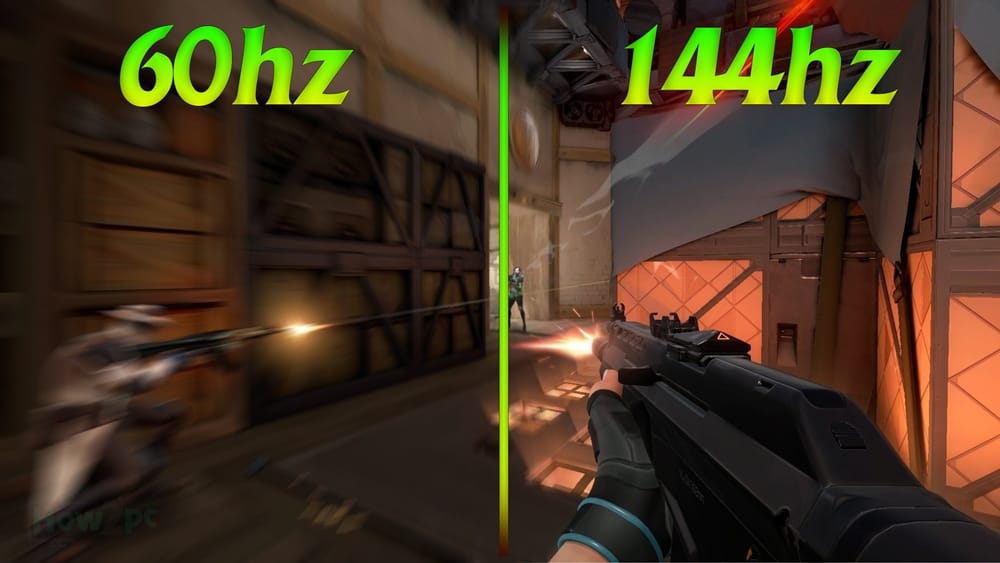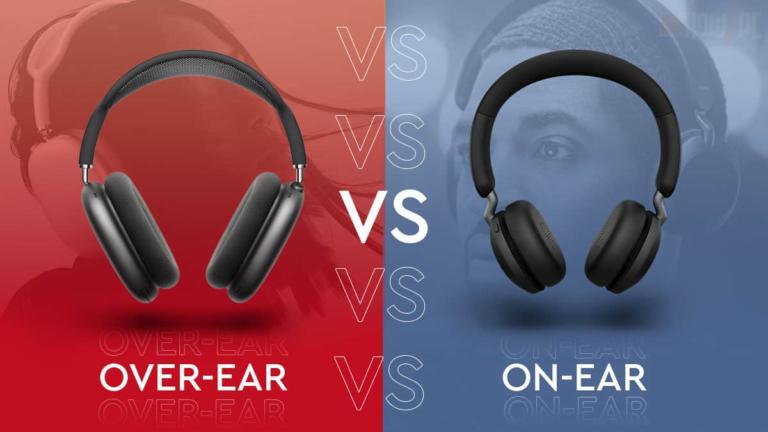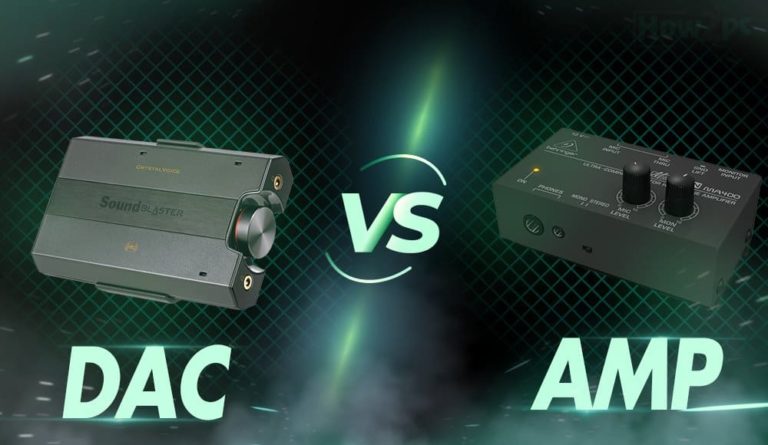The debate o the usefulness of 144hz is still alive today as it was back when the technology was first released. As gaming becomes a form of mainstream entertainment and more and more people join the gaming world especially the FPS gaming world they are bound to hear about the 144hz refresh rate in one way or another.
People have different opinions regarding the best refresh rate for gaming and the newcomers into the scene always peg the same question of 60hz vs 144hz. These two topics are somewhat interconnected but nonetheless deserve their own explanation so without further ado let us begin with 60 vs 144hz.
In this article, we’ll take a look at:
What is Refresh Rate?
This needs to be understood before we begin with the benefits and drawbacks of 60hz and 144hz. A refresh rate is basically the number of changes of pixels or frames of a monitor in a given second. A lesser refresh rate like 60hz means that the display refreshes its pixels 60 times a second while a higher refresh rate like 144hz has the ability to refresh display pixels 144 times in a second. With that said let’s now move to the comparison between 60hz and 144hz.
60hz vs 144hz
In this segment, we are going to take things a little differently by highlighting the benefits and drawbacks of each refresh rate so that you can pick the one that is better for you.
Benefits and Drawbacks of 144hz
Upgrading to 144hz does bring about a lot of benefits with the main one being the increase in responsiveness and consistency of the monitor. This is because a 144hz refresh rate allows the pixels to refresh in less interval when compared with 60hz. This is especially noticeable in fast-paced games where you are moving your screen a lot. 144hz monitors also tend to have better response times and input lag figures, therefore, catering to the competitive gamers crowd out there.
The 144hz refresh rate also provides more smoothness in contrast to 60hz and with G-Sync or FreeSync enabled it can provide a tear-free gaming experience. 144hz gaming monitors are also most of the time placed higher in the ladder when compared to 60hz monitor so they get a better build quality, ergonomics and are also loaded with more features by the manufacturers.
The main drawbacks of 144hz refresh rate are not attributed to the technology itself but rather the accessibility of this technology. While it is true that 144hz monitors are a lot cheaper now when compared to the earlier days of the technology but still the price difference between 144hz and 60hz is quite massive.
For the people who do not primarily play fast-paced games, it may seem unjustifiable. Coupled this with the fact that 144hz refresh rate demands more horsepower and juice some therefore more people who do not have consistent use of this refresh rate will be swayed away from buying 144hz monitors because they will require a Pc upgrade aswell as costing more in the first place.
Benefits and DrawBacks of 60hz
The main benefit of 60hz refresh rate is its price. For the same price as 1080p 144hz monitors, you can get a higher resolution more color-accurate 60hz monitor which will serve you better if you play graphics-oriented games. Besides the price advantage unfortunately there is not much to talk about in this segment so let’s move into the drawbacks.
The drawback of 60hz is the same as other older technologies that being the become dated with time. 144hz refresh rate is the newer and more fancy technology and given you have the bucks for a 144hz monitor then it is superior in pretty much most ways to 60hz monitors.
Best Refresh Rate for Gaming?
With the aforementioned information, you can clearly make out that 144hz is better than 60hz but on an individual level this is just not the case. Choosing the best refresh rate for gaming is dependant entirely on your gaming needs and preferences. The type of games you play also plays a huge role in determining which refresh rate is best.
If you play story games that are largely graphic reliant then you are better suited with a higher resolution than a high refresh rate display likewise if you are a competitive gamer then a high refresh rate is the way to go. Of course, the point of buying both a high refresh rate as well a high-resolution monitor holds merit but unfortunately due to the extravagant price of those things it is not feasible for everyone.
Therefore the best refresh rate for gaming is the one that suits your gaming habit the most. And it is no shame in buying lower refresh rate monitors if you find yourself not taking advantage of 144hz. At the end like most things, the matter of refresh rate also boils down to personal preference.
Refresh Rate vs Response Time
Another attribute of a gaming monitor which is often confused with refresh rate is the response time. The response time of a monitor is the measure of the time it takes for a pixel to switch color usually done in gray to gray. As you can see by the definition this is vastly different from refresh rate but granted at the end of the day they play kind of a similar role that is to provide you with the fastest pixel transitions possible.
Where this differs from refresh rate is in the application of this technology. Response time lowers the input lag created by the monitor while refresh rate is there to lower the perceived lag of the human when looking at a screen. In terms of which is better for gaming, well you should get a gaming monitor that has both a high refresh rate as well a low input lag because they both have their important roles to play.








